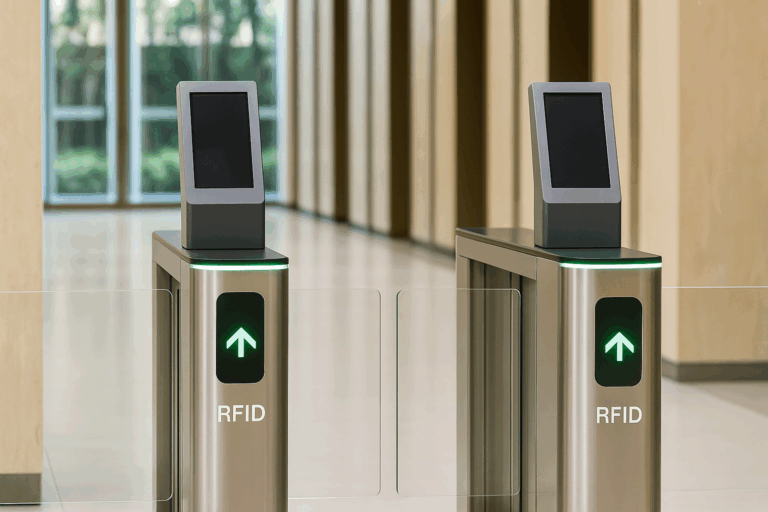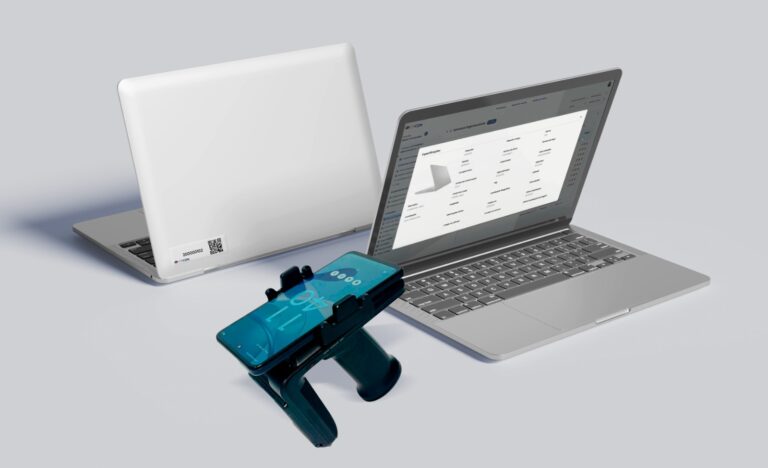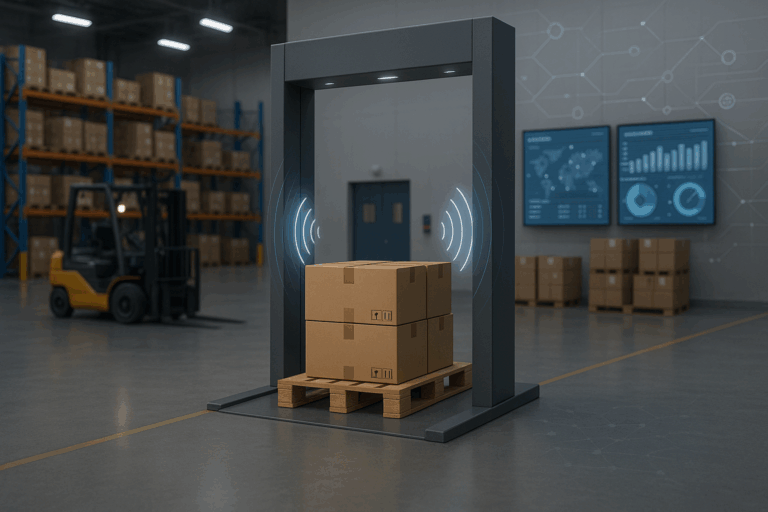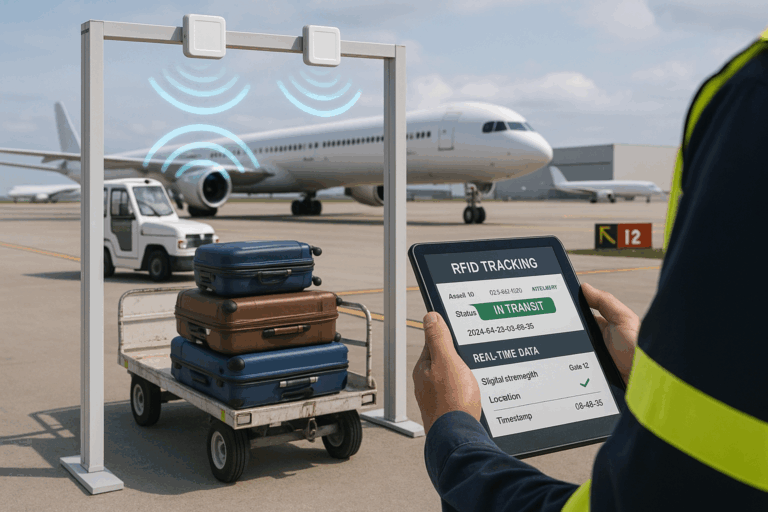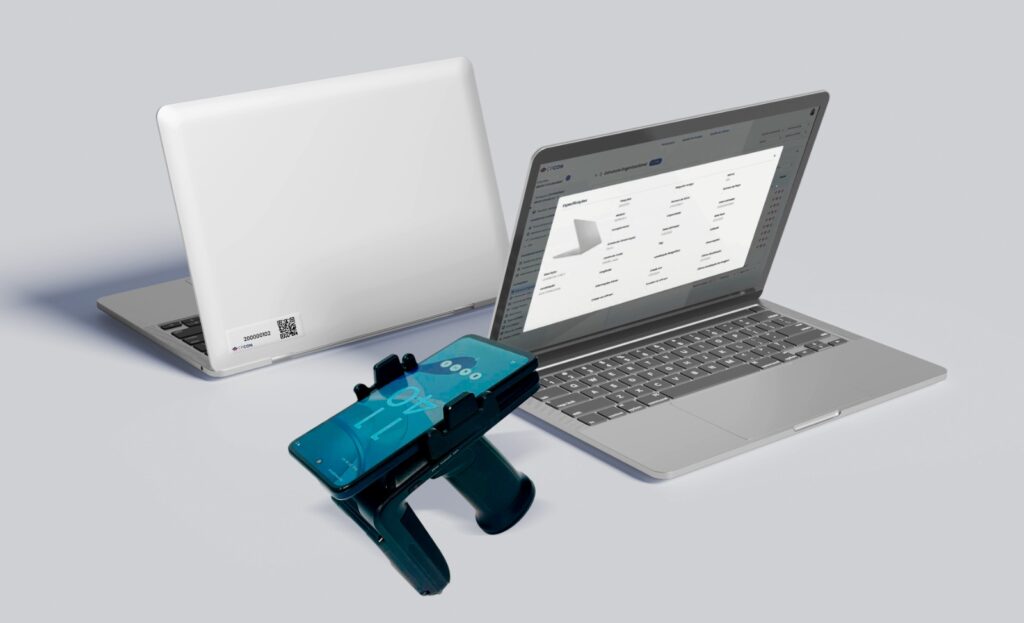In a business world where every asset counts, reconcile fixed assets is no longer just an accounting routine — it’s a strategic necessity. Companies that fail to align financial records with the reality of their physical assets risk audit penalties, compliance breaches, and costly inefficiencies.
That’s why mastering how to reconcile fixed assets is key to any company’s financial health and operational control. From manufacturing plants to retail chains, organizations with complex asset structures are turning to data-driven reconciliation methods to maintain transparency and meet IFRS, GAAP, and local standards.
In this guide, you’ll learn:
- What fixed asset reconciliation really means
- How to execute the process in 5 clear steps
- Common risks and how to avoid them
- The role of technology in reducing discrepancies
- And why proactive reconciliation is essential for audit-readiness and decision-making

Table of Contents
ToggleWhat Does It Really Mean to Reconcile Fixed Assets?
Reconciling fixed assets is more than ticking boxes for an audit — it’s about telling the full story of your business operations.
Imagine a global manufacturer with thousands of machines operating across multiple plants. On paper, those assets might still be listed at full value. But in reality, some are obsolete, others were sold, and a few may have been moved without proper documentation. That gap — between what’s recorded and what truly exists — is where risk lives.
Fixed asset reconciliation is the process of aligning your general ledger with the subsidiary ledger and the physical condition of your assets. It ensures that every asset is accounted for, properly depreciated, and reported in accordance with accounting standards such as IFRS, GAAP, or local audit laws.Fixed asset reconciliation aligns your general ledger, subsidiary ledger, and the physical state of your assets. This process ensures accurate accounting, proper depreciation, and compliance with standards like IFRS, GAAP, and local audit laws.
Why It Matters Now More Than Ever
As global compliance standards tighten and corporate transparency becomes a competitive advantage, fixed asset reconciliation is no longer optional. Auditors expect clean records. Boards demand real-time visibility. And regulators are increasing scrutiny over asset valuation and depreciation practices.
Step-by-Step: How to Reconcile Fixed Assets with Clarity and Control
Reconciling fixed assets is not just an accounting task — it’s a process that connects data to reality. When done right, it reveals inconsistencies, supports compliance, and strengthens your decision-making framework.
Here’s how companies around the world — including CPCON’s clients — approach fixed asset reconciliation in practice.
1. Gather the necessary data
Start by collecting all relevant asset-related records across departments. That includes:
- The general ledger balance for fixed assets
- The subsidiary ledger (asset register)
- Source documents like invoices, receipts, and lease contracts
- Physical inventory lists from each operational unit
At this stage, the goal is to consolidate information from both financial and operational systems. If your records are decentralized, this step can expose the need for integrated platforms or reconciliation tools.
2. Compare financial records with physical assets
Now it’s time to check whether your books reflect the real situation.
This comparison answers key questions:
- Are all listed assets still in use?
- Are there any assets in operation that haven’t been recorded?
- Are depreciation rates and useful lives accurate?
Companies often find discrepancies between what’s in the system and what’s on the ground. For organizations with high asset turnover or multiple locations, technologies like RFID tracking can significantly reduce manual effort and increase accuracy.
3. Investigate and resolve discrepancies
Discrepancies are not uncommon — and they can result from outdated entries, missing disposals, or changes in asset location or condition.
At this stage, your finance team should:
- Flag differences between systems
- Validate the reasons for each mismatch
- Adjust the asset register and general ledger accordingly
- Document changes for audit and reporting purposes
This is where internal controls play a crucial role. Clear reconciliation workflows, approval hierarchies, and audit trails help ensure compliance and accountability.
4. Update your records and depreciation schedules
Once discrepancies are resolved, asset records must be updated. This may include:
- Adding new acquisitions
- Removing disposed or lost items
- Adjusting depreciation rates or useful lives
A robust fixed asset management software can simplify this process, automatically applying changes and recalculating depreciation. It also centralizes documentation, making future reconciliations easier and faster.
5. Create and archive a reconciliation report
To close the cycle, generate a reconciliation report that summarizes:
- The total number of assets reviewed
- Discrepancies found and actions taken
- Updates made to asset values, classifications, or depreciation
- Compliance status
This report isn’t just for auditors — it serves as an internal benchmark for asset control maturity and financial integrity.
Why Reconciliation Matters: The Risks You Can’t Ignore
In the world of financial reporting, what you don’t know can hurt you. That’s especially true for companies managing hundreds — or even thousands — of fixed assets spread across multiple locations.
Reconciliation isn’t just a compliance requirement. It’s a strategic safeguard.
When fixed asset records are outdated, incomplete, or inaccurate, the consequences ripple through the business: misrepresented balance sheets, overstated depreciation, inflated taxes, and audit complications that can damage credibility with stakeholders and regulators.
Real Risks, Real Consequences
Missing or ghost assets — items that no longer exist physically but are still on the books — can inflate the company’s net worth artificially.
Unrecorded assets, on the other hand, can distort depreciation schedules and lead to financial underreporting.
Incorrect valuations may trigger compliance violations, particularly under IFRS, GAAP, or tax regulations like Brazil’s Lei 12.973/2014 or the Sarbanes-Oxley Act in the U.S.
The Compliance Lens
Reconciliation is also fundamental to meeting local and international accounting standards, such as:
- IFRS 16 (Leases), where leased assets must be properly recorded and depreciated
- IAS 36 (Impairment), which requires accurate valuation of assets subject to write-downs
- SOX and COSO frameworks for internal control and audit readiness
Companies that reconcile proactively not only reduce the risk of penalties — they gain a valuable layer of governance, transparency, and data accuracy across departments.
Technology in Fixed Asset Reconciliation: From Manual Effort to Scalable Control
In organizations with high asset volume or operational complexity, manual reconciliation becomes a bottleneck. Spreadsheets, paperwork, and fragmented data sources create gaps that are difficult to track — especially when assets are mobile, depreciating, or shared between departments.
That’s where technology shifts the equation. By automating how data is captured, updated, and compared, businesses can turn reconciliation from a reactive task into a continuous, scalable process.
Automating Reconciliation: Tools That Drive Accuracy
Today, fixed asset reconciliation is increasingly supported by:
- Fixed Asset Management Software
Platforms that centralize all asset data, generate depreciation schedules, and compare ledger balances automatically. They offer version control, audit trails, and alerts for discrepancies — minimizing human error and supporting compliance. - ERP Integration
Synchronizing asset data with enterprise systems such as SAP, Oracle, or TOTVS eliminates redundant entries and ensures consistency across accounting, tax, and operational workflows. - RFID Tracking Technology
By tagging assets with RFID, companies can monitor asset movement in real time — without manual input. As items move through warehouses, factories, or corporate campuses, RFID readers automatically record their location, status, and condition.
This level of automation is critical not just for speed, but for traceability, data integrity, and audit-readiness — especially in sectors like logistics, energy, manufacturing, and retail, where asset volumes are high and compliance demands are strict.
When Manual Reconciliation Is No Longer Enough
Companies often rely on spreadsheets for years — until the risk becomes visible. That risk may appear during an internal audit, a tax inspection, or a capital raise requiring full visibility into asset value and depreciation.
The cost of inaction can include:
- Compliance issues from incorrect valuations or missing disposals
- Inaccurate financial statements and delays in reporting
- Missed tax credits or overpayment due to outdated depreciation
- Operational inefficiencies from underutilized or misallocated assets
Technology does more than streamline reconciliation. It creates a foundation for long-term asset intelligence — where every item is traceable, every update is logged, and every decision is backed by verified data.

Fixed Asset Reconciliation with CPCON: Precision, Process and Proven Results
Across industries like infrastructure, energy, manufacturing, and retail, CPCON supports global and regional organizations in achieving full asset control — from inventory verification to ledger reconciliation and compliance with international standards.
What CPCON Offers
CPCON’s fixed asset reconciliation services include:
- Full physical inventory with RFID or barcode technology
Tailored to complex environments such as large warehouses, hospitals, or multi-site operations. - Asset register cleansing and normalization
Identification and removal of ghost assets, unregistered items, and redundant records. - Reconciliation between physical count, subsidiary ledger, and general ledger
Standardized processes that ensure full alignment across all levels of accounting and reporting. - Automated integration with ERP systems
Data is formatted and imported directly into SAP, Oracle, or local ERPs such as TOTVS — reducing reconciliation time and minimizing errors. - Reporting and audit documentation
Delivery of reconciliation reports ready for internal audit, external auditors, or regulatory inspection. - Governance, policy alignment, and internal control advisory
CPCON supports companies in defining capitalization thresholds, depreciation rules, and asset lifecycle policies based on local laws and IFRS/GAAP requirements.
Talk to our experts and discover how CPCON can help your company.
Why Reconcile Fixed Assets — and Why Now
Reconciling fixed assets is not just a finance department’s responsibility — it’s a strategic move for any company aiming to improve control, transparency, and compliance.
Whether you’re preparing for an audit, aligning with IFRS, or simply reducing risk, asset reconciliation provides the clarity and structure needed to make informed decisions — backed by verified data and audit-ready processes.
FAQ
What does it mean to reconcile fixed assets?
To reconcile fixed assets means comparing the data recorded in your accounting systems — such as the general ledger and fixed asset register — with the actual assets a company owns and operates. The goal is to ensure that every asset is accounted for, correctly valued, and aligned with financial, tax, and operational records.
How often should a company reconcile its fixed assets?
The frequency depends on the company’s size, industry, and regulatory obligations. While some organizations perform reconciliation annually, others — especially in sectors with high asset turnover — reconcile quarterly or even monthly. Regular reconciliation improves audit readiness and helps avoid financial misstatements.
What are the most common challenges in fixed asset reconciliation?
Typical challenges include missing or duplicate records, misclassified assets, inconsistent depreciation schedules, and lack of integration between accounting and operational systems. Companies without asset tracking technologies like RFID often struggle to maintain real-time visibility over their inventory.
How does technology improve the fixed asset reconciliation process?
Technology enables automation, reduces manual error, and ensures consistency. Fixed asset management systems can cross-check ledgers, calculate depreciation, and generate reconciliation reports automatically. RFID tagging adds real-time location and status tracking, improving accuracy and operational control.
Why is fixed asset reconciliation important for audit compliance?
Fixed asset reconciliation supports compliance with IFRS, GAAP, and local tax regulations by ensuring that financial statements reflect the true state of a company’s assets. Accurate records reduce the risk of audit findings, penalties, and reputational damage, especially for companies preparing for IPOs, mergers, or international expansion.
Get to Know CPCON Group: A global expert in asset management and inventory solutions
CPCON Group is a global leader in asset management, fixed asset control, and RFID technology. With over 25 years of experience, we have supported major companies such as Nestlé, Pfizer, Scania, BASF, Coca-Cola Andina, Vale, Vivo, Petrobras, and Caixa in high-complexity projects.
Curious about our global footprint? We are present in:
- North America: Toronto, New York, Miami, Minneapolis, Seattle, Dallas
- Latin America: São Paulo, Buenos Aires, Lima, Bogotá, Mexico City
- Europe: Lisbon, Porto, London, Birmingham, Milan, Rome, Turin, Madrid, Bilbao
- Middle East: Dubai, Saudi Arabi
- Caribbean: Tortola, Grand Cayman
Follow our LinkedIn Showcase Page and stay updated with strategic content on asset control, inventory management, and RFID innovation across industries.
This article explains how to reconcile fixed assets through a structured and scalable process that ensures data accuracy, financial compliance, and operational control. It outlines the five key steps of reconciliation: gathering records, comparing ledgers to physical assets, resolving discrepancies, updating depreciation schedules, and generating audit-ready reports. It also explores the risks of not reconciling — including compliance breaches, ghost assets, and audit issues — and highlights how technologies like RFID and fixed asset management software automate and simplify reconciliation. CPCON’s methodology is presented as a benchmark, offering integrated services such as physical inventory with RFID, ledger alignment, ERP integration, and policy support for IFRS and GAAP compliance. The content includes a practical FAQ for business leaders and finance teams seeking to improve internal controls and prepare for audits.



